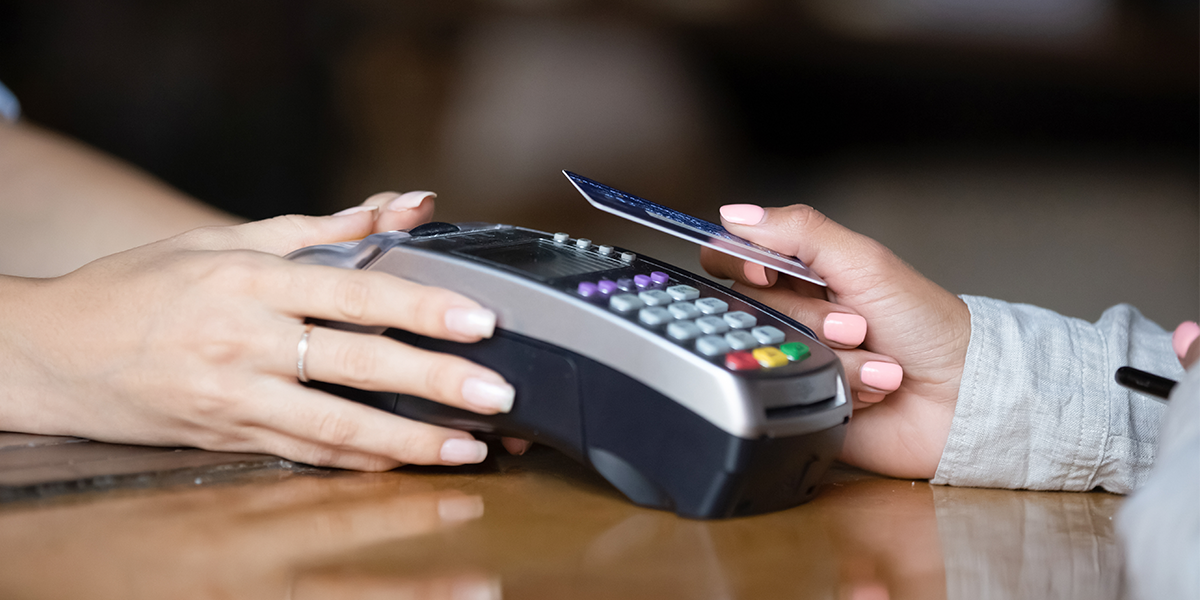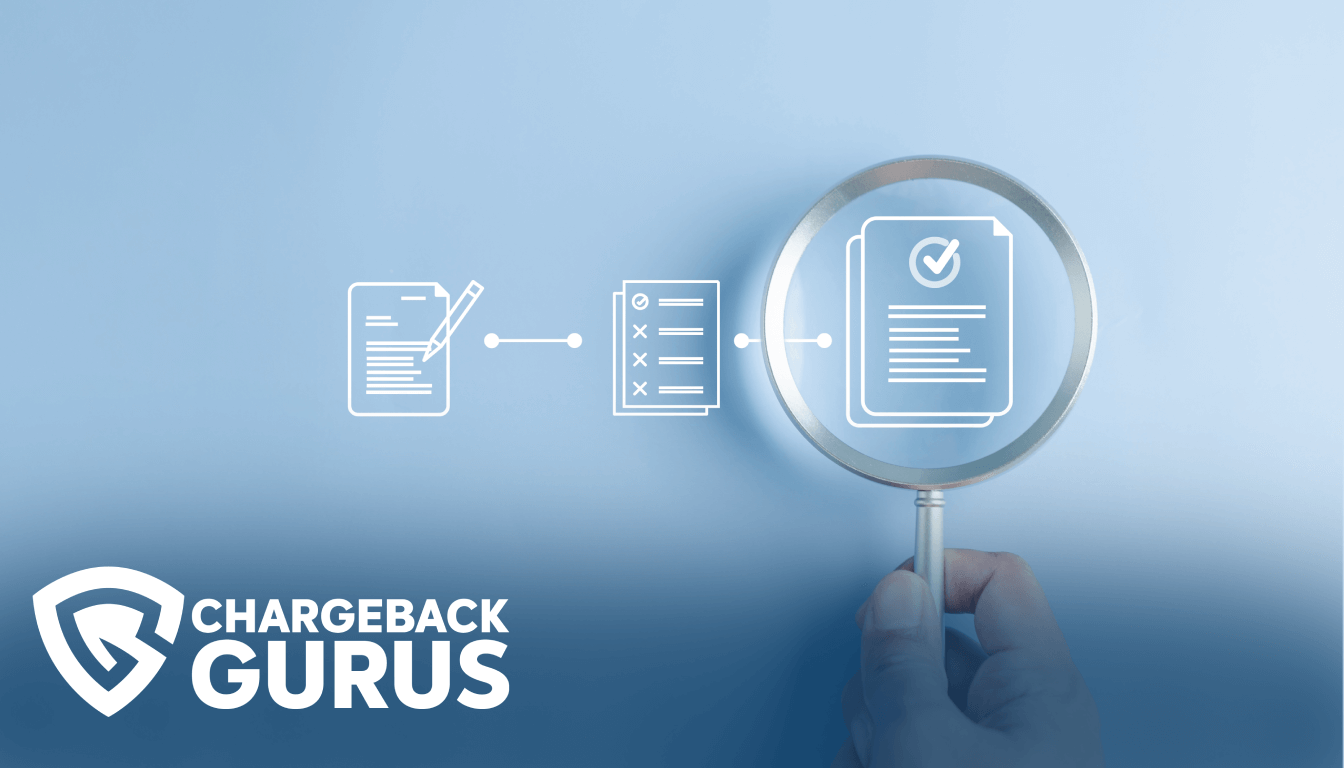Visa Chargeback Reason Code 10.3: Fraud

Table of Contents
- What is Visa chargeback reason code 10.3?
- What causes code 10.3 chargebacks?
- What's the time limit to respond to code 10.3 chargebacks?
- How can merchants fight code 10.3 chargebacks?
- How can merchants prevent code 10.3 chargebacks?
- About Visa chargeback reason codes
Merchants who receive a chargeback for a transaction placed with a Visa card may encounter reason code 10.3, which indicates an improperly authorized transaction that the cardholder does not believe they should be responsible for paying. The actual underlying cause of this chargeback may be true fraud, friendly fraud, or merchant error. Merchants who believe they have received an invalid chargeback under reason code 10.3 may be able to represent the transaction and reverse the chargeback with the right compelling evidence.
What is Visa chargeback reason code 10.3?
Visa chargeback reason code 10.3 falls under the “Fraud” category. The shorthand description is “Other Fraud: Card-Present Environment/Condition.” This reason code is used when a merchant processes a key-entered or unattended card transaction, and the cardholder later claims that the transaction was unauthorized and fraudulent.
The ideal way to execute a card-present transaction is in-person, where the cardholder is there for every step of the process and can verify their identity with a signature or PIN entry, and the merchant is able to use their electronic payment processing system to read the card, authorize the transaction, and submit it.
However, this is not always feasible in every situation. Some merchants are set up to allow customers to make payments at unattended terminals or self-checkout stations, and at times it may be necessary to manually key in a transaction because the cardholder is not present or the electronic payment terminal is malfunctioning. In these situations, it is more difficult to properly verify the cardholder’s identity and authorize the transaction, leading to a greater risk of fraud and chargebacks.
What causes code 10.3 chargebacks?
True fraud can lead to this chargeback. Fraudsters often exploit unattended payment terminals, where nobody is there to check their ID or signature against the card. Manually keyed transactions are also advantageous for fraudsters, since they prevent the card’s built-in protections from taking effect.
Fraudsters will often ask merchants to manually key in a card by claiming that the EMV chip isn’t working.
By the same token, these less-secure transactions also provide cover for friendly fraudsters who falsely claim fraud to obtain chargebacks against their own legitimate purchases.
What's the time limit to respond to code 10.3 chargebacks?
The acquirer or merchant has 30 days to respond to a chargeback filed under reason code 10.3.
How can merchants fight code 10.3 chargebacks?
Merchants can fight code 10.3 chargebacks if they have evidence proving the charge was authorized by the cardholder. There are several forms such evidence can take, depending on the details of the transaction in question.
- If you obtained an electronic imprint for an in-person transaction, provide documentation that proves that the cardholder authorized the transaction.
- For unattended transactions where the PIN was entered, provide documentation that proves that the cardholder authorized the transaction.
- For keyed transactions that were preceded by a regular card-present transaction, provide documentation that proves that all transactions took place during the same stay, trip, or rental period, along with a valid manual or electronic imprint for the initial card-present transaction.
- If you have already processed a refund for the transaction in question, provide documentation that proves you have credited the cardholder’s account.
- If you have resolved the issue directly with the cardholder, provide proof, such as written correspondence, that proves they no longer wish to dispute the charge.
How can merchants prevent code 10.3 chargebacks?
The only sure way to prevent code 10.3 chargebacks entirely is by disallowing unattended transactions or manual keying. This strategy may work for some merchants, but for others, these processing methods may be an important part of their business operations.
Hospitality merchants, for example, often need to be able to exercise the option of manually keying in transactions against payment credentials that are kept on file.
The following best practices can help you avoid this kind of chargeback:
- Avoid manually keying in transactions whenever possible.
- If you must manually key in a transaction, take a manual card imprint.
- During clearing, differentiate between card-present and card-not-present transactions by noting internet, phone, and mail orders.
About Visa chargeback reason codes
Reason codes are alphanumeric codes that provide the justification for granting a chargeback. Pursuant to the Fair Credit Billing Act of 1974, cardholders have the right to dispute unauthorized or erroneous charges, and issuing banks must reverse a disputed transaction if the cardholder’s claim is valid.
When a cardholder contacts their issuing bank to dispute a transaction and receive a chargeback, the dispute is assigned a reason code that most closely matches the substance of the cardholder’s claims. The reason code provides the merchant and other stakeholders in the dispute with a concise explanation for why a chargeback has been granted.
Each card network—Visa, Mastercard, American Express, and Discover—defines and maintains their own unique set of reason codes, which are applied to disputes by the banks that issue credit and debit cards under their brands.
Visa specifies 46 reason codes under the categories of Fraud, Authorization, Point-of-Interaction Error, Consumer Disputes, and Processing Errors. Visa uses a numeric scheme for its chargeback reason codes.
Understanding chargeback reason codes is one of the most essential parts of effective chargeback management. Identifying the chargeback reason code and the evidence required to fight it is the first step in chargeback representment, and analyzing your chargeback reason codes can provide you with insights into what types of disputes are causing you the most trouble. With this information, you can determine the root causes of your chargebacks and take action to prevent them from reoccurring.


